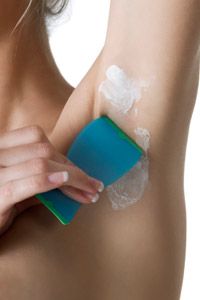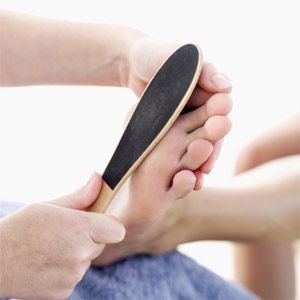Some people just have more hair than they'd like. Long, flowing tresses may be appealing, but a full body of hair -- on men or women -- may not be. If you're feeling too hirsute and looking for a way to remove unwanted patches of body hair, hair removal creams may be the answer.
Many people remove body hair by shaving, but the effect of razors may be too temporary. It can also be challenging to reach some of those difficult spots, like your back, and shaving too often in one spot can cause irritation and make you more susceptible to cuts. Other hair removal options include lasers and electrolysis, but these methods are time-consuming, expensive and perhaps too permanent. They also often carry many potential side effects. Depilatories, more commonly known as hair removal creams, offer a reasonable alternative. Depilatories work by breaking down the hair's protein structure so that the hair comes out of the skin easily when you rub off the cream [source: U.S. Food and Drug Administration].
Advertisement
Wipe on, wipe off -- it sounds easy, right? Hair removal creams may seem like a pretty simple solution, but as with any skin treatment, you should know your products before you run out to buy them and start slathering them on. Whether or not hair removal creams will work for you depends on your hair and skin type. The body part on which you're applying cream and the amount of hair you have are factors, too. You should consider how often you are willing to apply cream, as most people need to use depilatories once a week. Hair removal creams also have potential side effects, some of which can be painful.
If you think depilatories might work for you, then read on to learn more about how they work, what ingredients they contain, and their advantages and disadvantages.
Advertisement


